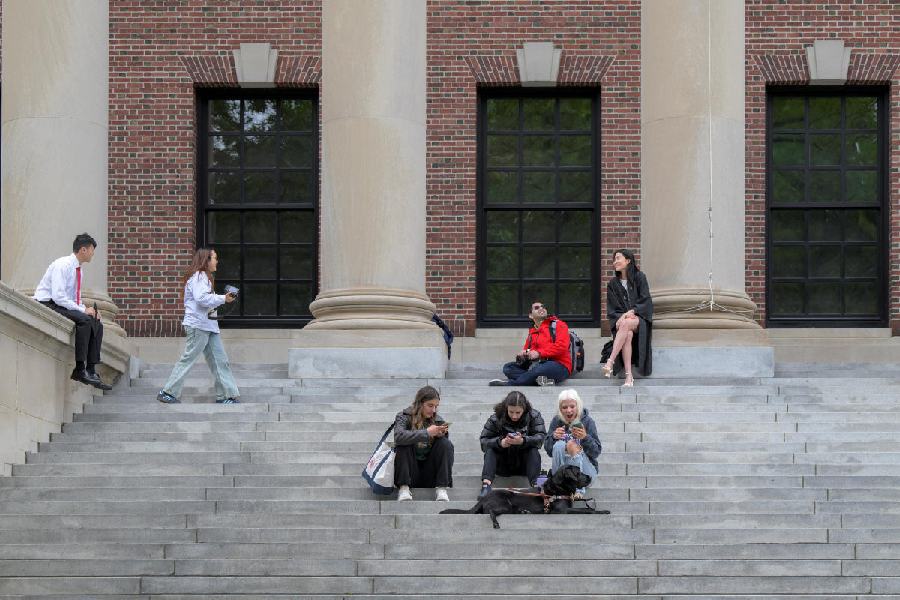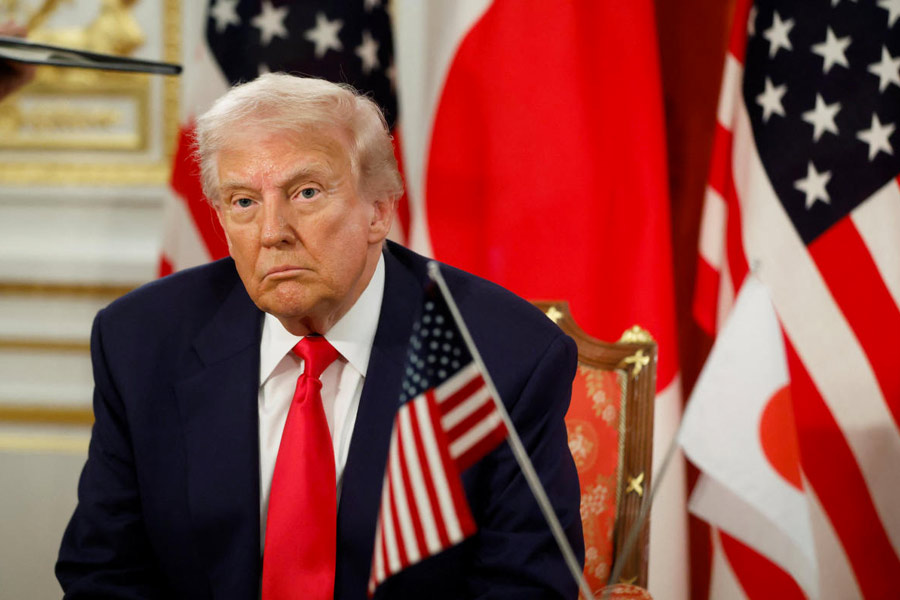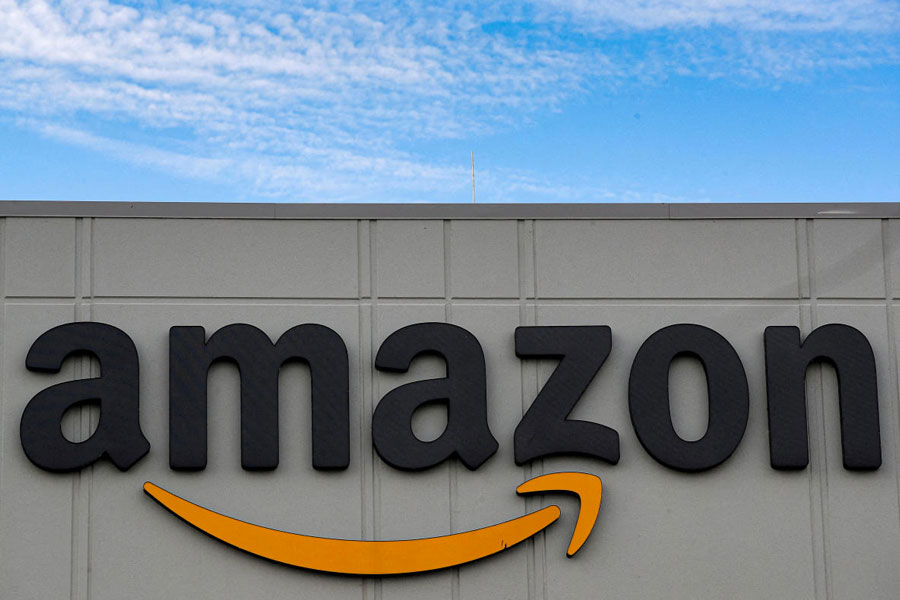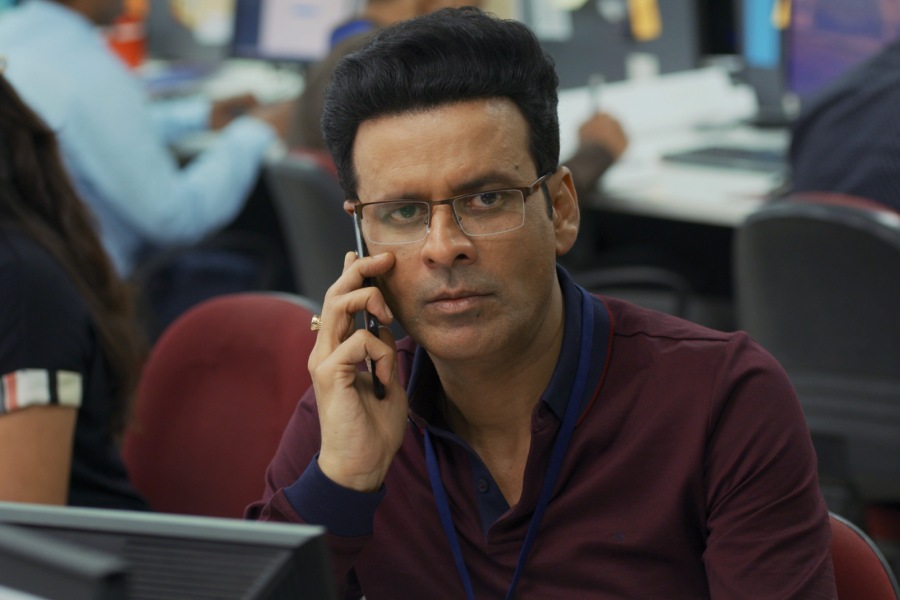The United States, United Kingdom, Australia and Canada have long dominated the pecking order for students seeking higher education abroad. However, school principals and education consultants say they are witnessing a notable shift, with many students now actively considering institutions in Singapore, Germany, Italy, Spain, France, Japan, and even Indian institutes over American universities.
While the UK, Australia and Canada remain popular destinations, the US is losing its grip as the default first choice.
India sends more international students to the US than any other country.
“There is a shift in students’ choice, and the US is no longer the first option for many undergraduate studies. This is a significant change. For so many years, US universities were their top preference,” said Meena Kak, director of Lakshmipat Singhania Academy.
The Donald Trump administration’s decision to halt visa appointments in May left many aspirants in limbo, threatening to derail their academic plans entirely. Though appointments resumed in June, new hurdles emerged: applicants must now make all social media accounts public during screening, and the threat of visa revocation looms if they fail to comply with US laws and immigration rules.
This followed a crackdown on elite American universities such as Harvard, which President Trump accused of being too liberal and of not doing enough to combat anti-semitism.
The uncertainty has pushed students toward alternative paths. One student with a scheduled visa appointment and US college admission has decided to enrol in a Singapore institution instead, deeming the wait too risky.
Education consultants report that several students scheduled to depart in August still lack visa appointment slots, creating mounting anxiety as departure dates approach.
“By this time, they usually have visas in hand. But this year, several students are still awaiting appointments because insufficient slots are being released,” said education consultant Nirmal Agarwal.
The timing crunch is particularly acute for future applicants. Students planning to leave in 2026 must begin applications by year-end, with most processes starting in September. This means they must finalise their destination choices now, when they should be writing statements of purpose and securing recommendation letters.
“In the current Class XII batch, many are saying they don’t want to go to the US. They’re exploring options elsewhere,” said Seema Sapru, principal of The Heritage School.
However, students who completed Class XII this year face different constraints. “They made their decisions in September-October 2024. Many have unconditional offers, paid fees, and cannot withdraw now,” Sapru said.
Singapore has emerged as a particularly attractive alternative despite demanding eligibility criteria, largely due to its proximity to home. “The UK generally isn’t an alternative to the US, and those going to the UK remain committed to that choice. But if not the US, parents are looking at Singapore,” said Damayanti Mukherjee, principal of Modern High School for Girls.
Countries like Japan, the Netherlands and Italy are gaining popularity because they offer lower costs and greater geopolitical stability, according to Agarwal. Even nations that were previously overlooked, such as Finland, are attracting students for both undergraduate and postgraduate programmes.
“Last year, we advised students to keep another country as back-up in case the US didn’t work out. But this year, other countries are becoming preferred options, not just back-ups,” Agarwal said.
Mahashweta Banerjee, managing director of Bluesky Education, confirmed this trend: “Countries that weren’t popular earlier, like Finland, are catching up for both undergraduate and postgraduate studies.”










